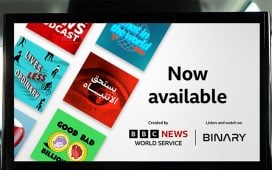When the events of last year disrupted the lives of people around the world, many found themselves disoriented, lost and anxious about the future. It is not a coincidence that social media usage across all age groups soared globally at that time – the internet became our lifeline for connection and entertainment. Millions turned to social to perfect their banana bread recipes, while others shared their daily routines and new dance moves with content-hungry followers. It seemed like the pandemic triggered a collective coping mechanism through a new kind of creativity, sparking a massive interest in content produced by amateurs with very little resources, apart from their imagination.
Unexpectedly, the popularity of these videos opened Pandora’s box, spotlighting content that is formulated and contrived. An increasing number of consumers report feeling sceptical about staged and filtered visuals; instead, they gravitate towards more relatable and authentic content.
Today, information overload shortens our attention span and makes it increasingly difficult to keep up with multiple streams of media. Because the fight for attention has never been tougher, most brands usually adopt a maximalist approach when it comes to communication strategy with the customers -ideas must be big, visuals must be bright and fonts must be bold. In that sense, can “less” be “more” sometimes?
Modern art proves that it can, as the transition from quantity to quality draws more people towards content simplicity, where stories are straightforward yet powerful. Short yet telling. Raw yet relatable.
Born out of this sentiment, a new wave of social media artists is finding success with work that values simplicity and focuses on very specific moments of everyday life. Their art, usually crude and hand-drawn, amasses thousands of likes and reposts from followers, and a quick scroll through comment sections of artists like Sara Hagale (@shagey_), Natalya Lobanova (@natalyalobanova), Ruby Elliot (@rubyetc_), Mari Andrew (@bymariandrew) etc. reveals the essential ingredient of their massive follower engagement: imperfection. Comments like “I feel this in my soul.” or “This still hits me.” resonate with followers because the story-telling visuals humanize ordinary experiences and show universal truths in an unpolished way.
So, what can brands learn from this approach? Perhaps, the most important takeaway here is that simple visuals can send a powerful message. One of the brands that literally illustrated the power of authentic, real-world connection outside of traditional content was Heinz. In its latest campaign, it anonymously invited consumers across five continents to “draw ketchup”. The results were telling –most of the participants drew images that reflected the brand, from its distinct bottle shape to the keyhole label. Some even wrote the brand’s name on the bottle they drew, unprompted. Heinz took some of the sketches as far as to feature them in an online video as well as digital billboards. By leveraging the ‘iconocism’ of the brand in an unconventional way, Heinz allowed consumers to feel even more connected to it, driving meaningful engagement.
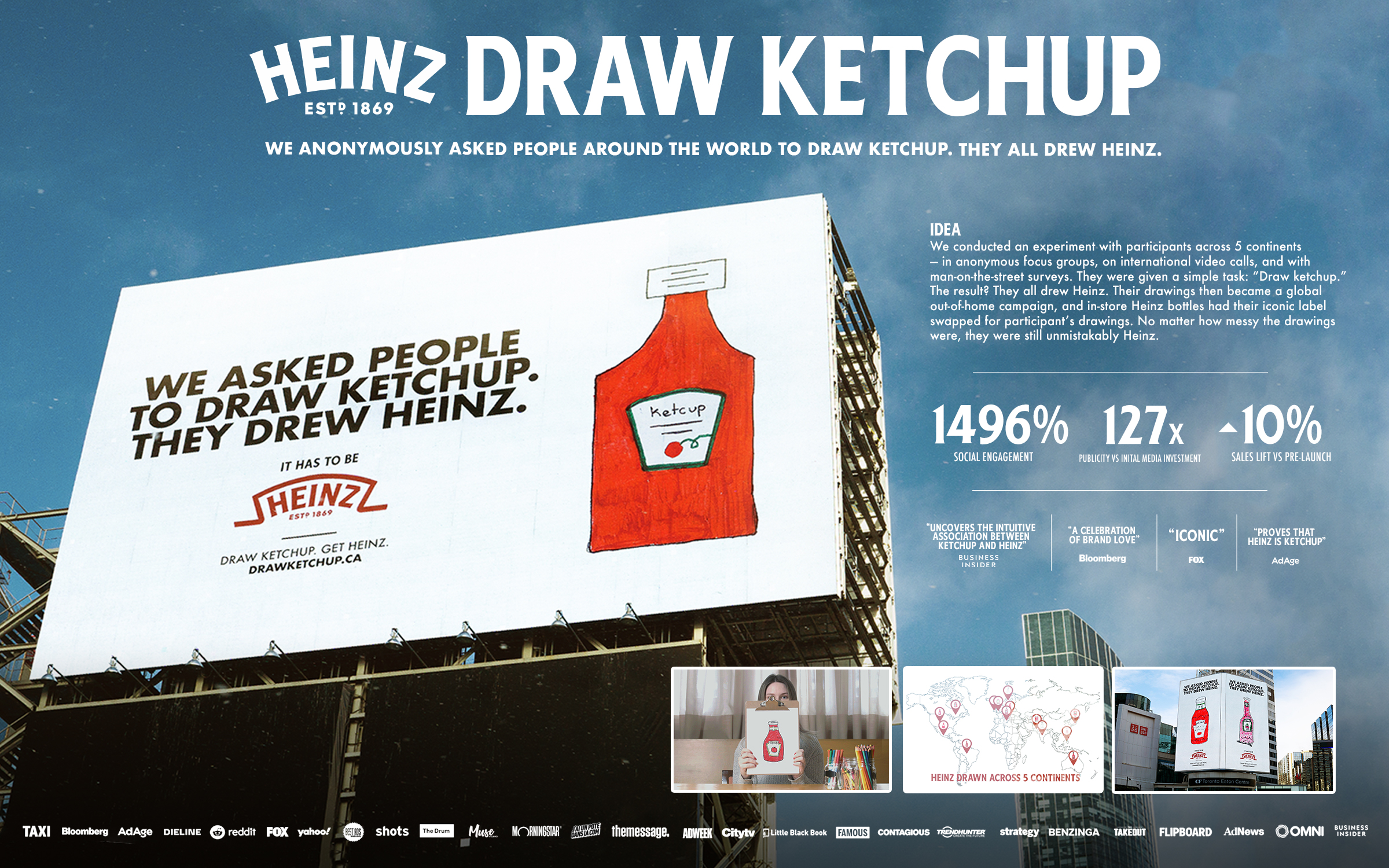
An example of regional brand exploring the power of authenticity is Barakat – to celebrate the UAE National Day, Barakat launched limited edition bottles designed by local artists and designers, including Abdulla Lutfi (@abdullalutfi), Nasiim Rezapour (@nasiimisuncanned) and Tarsila Schubert (@tarsilaschubert). Each bottle became the platform for the artists to showcase their creations to a wider audience depicting their vision of the UAE.
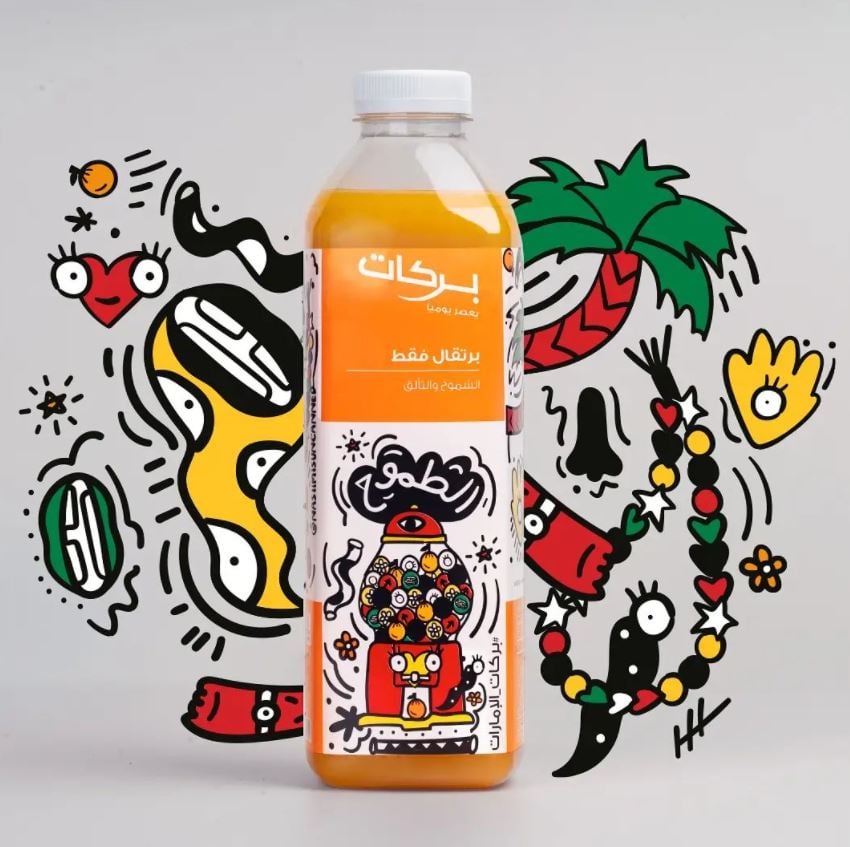
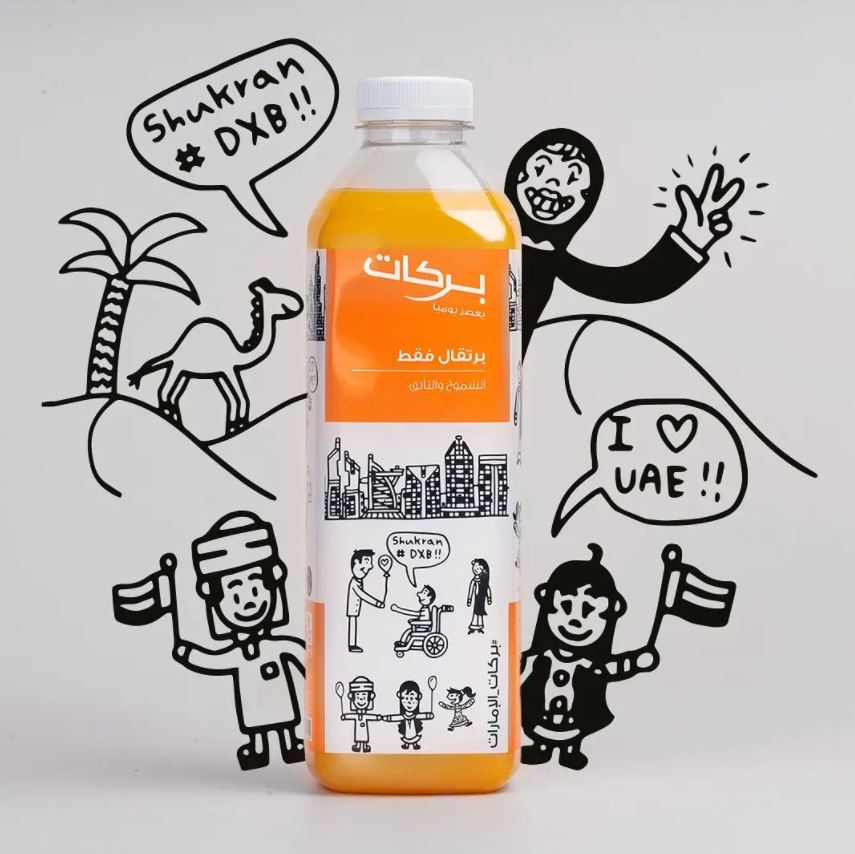
The underlying insight behind a campaign can be of any nature: it can leverage a brand’s name like Heinz; give a platform to aspiring artists like Barakat; or can simply recognize consumers’ interest in fun and quirky content. In this region, Careem took inspiration from the mega-popular Instagram cartoonist @samcotton, who is famous for his funny illustrations that feature nothing more than everyday objects, doodles and imagination. Instead of using standard promotional content, Careem’s social posts with the nagging purses managed to draw attention to the app’s special offers in a way that amused the audience. Simple illustrations paired with witty voiceover boosted engagement among followers, who appreciated the funny and simple animation.
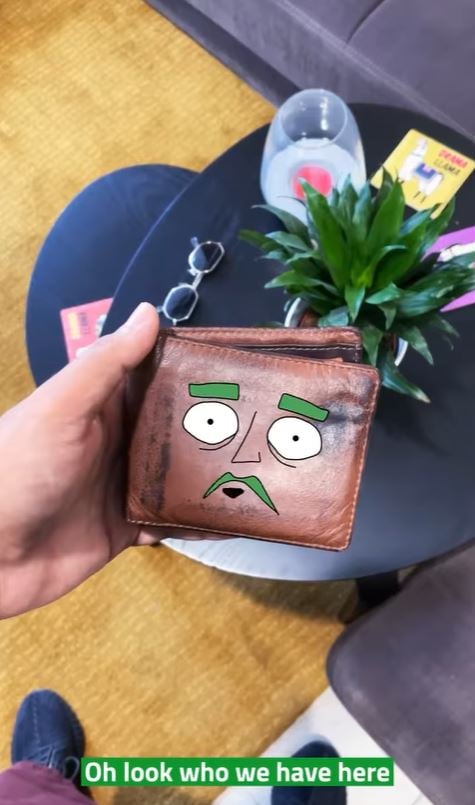
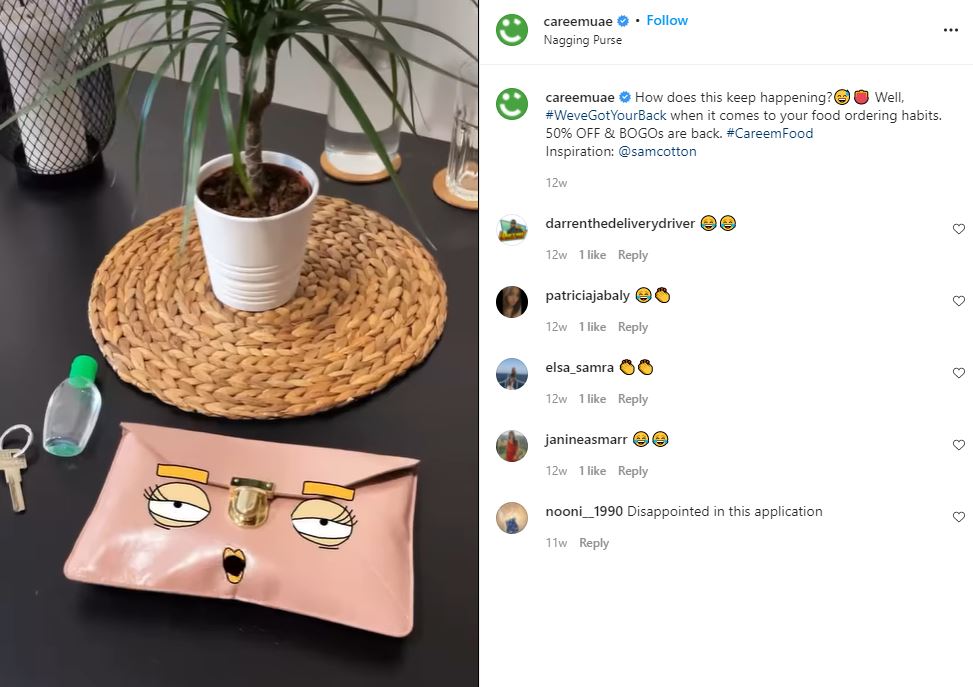
It is exciting to see how brands in the region will experiment with the concept of simple authenticity in the future. As we continue to explore how art can communicate a lot with very little, maybe it’s time to rethink the standard formula of “good” design in favour of something less hygienic and more human. Maybe, by celebrating the playful side of visual culture, brands can connect to consumers on a more intimate level with more original and less staged content.




